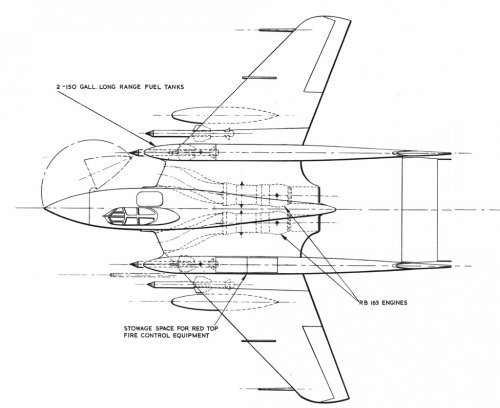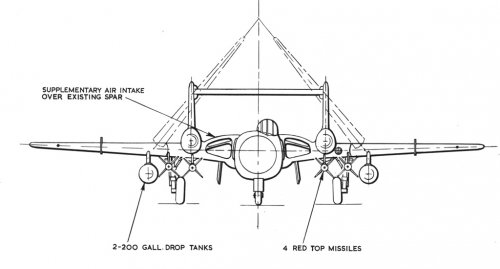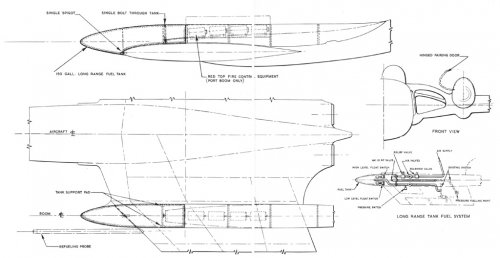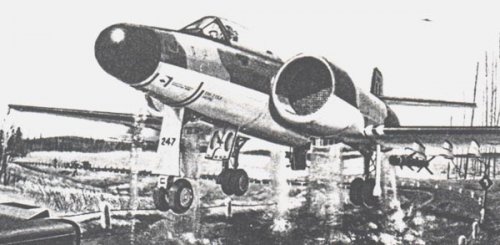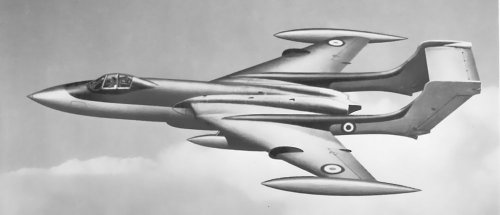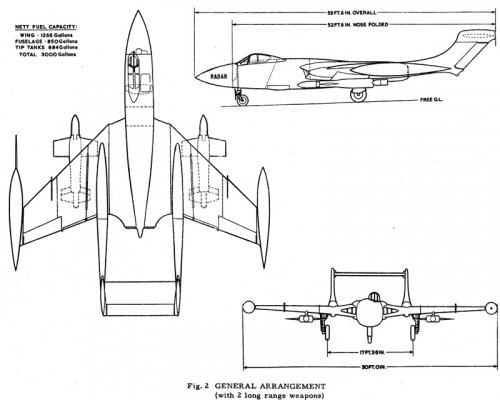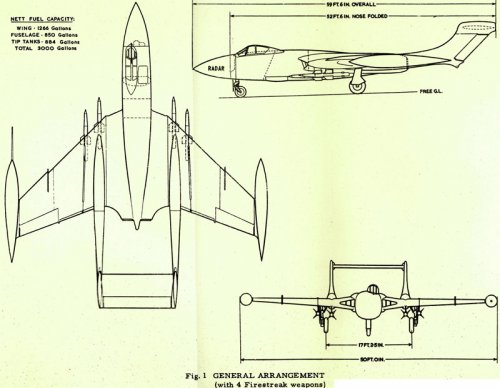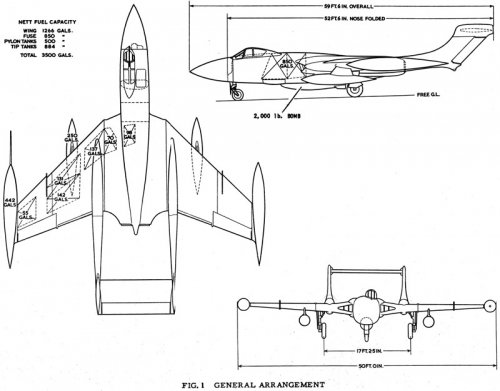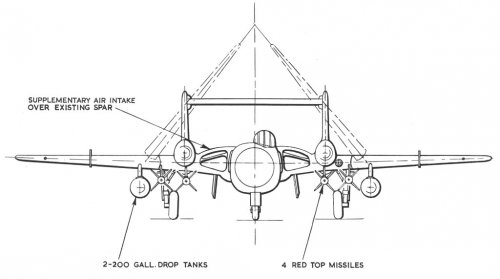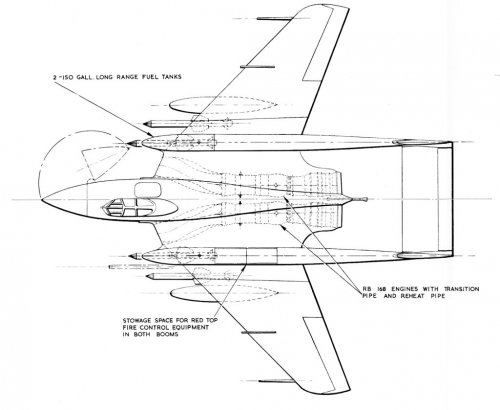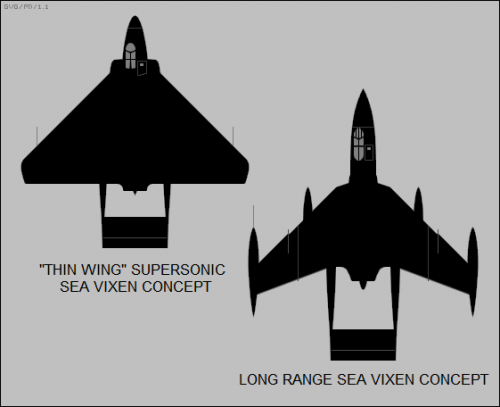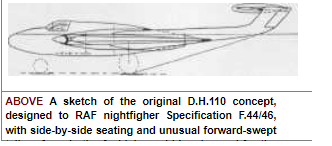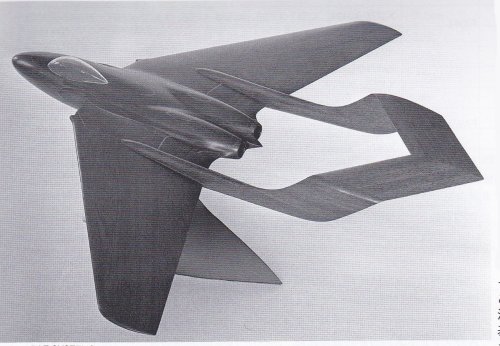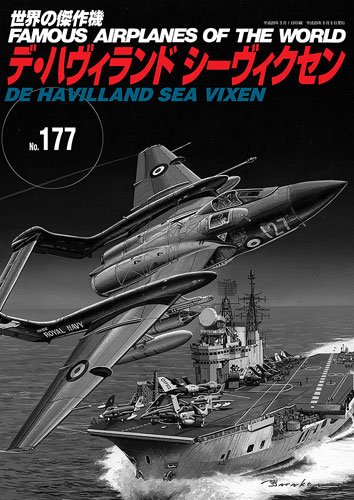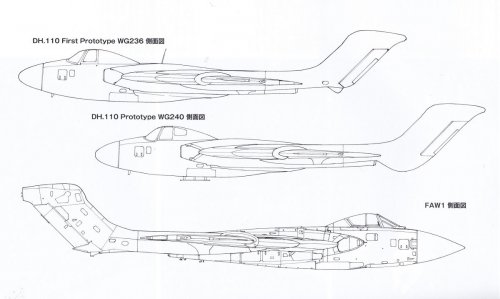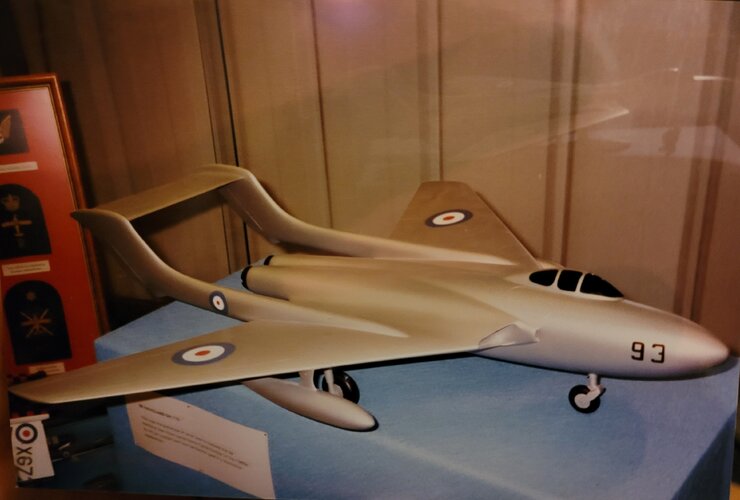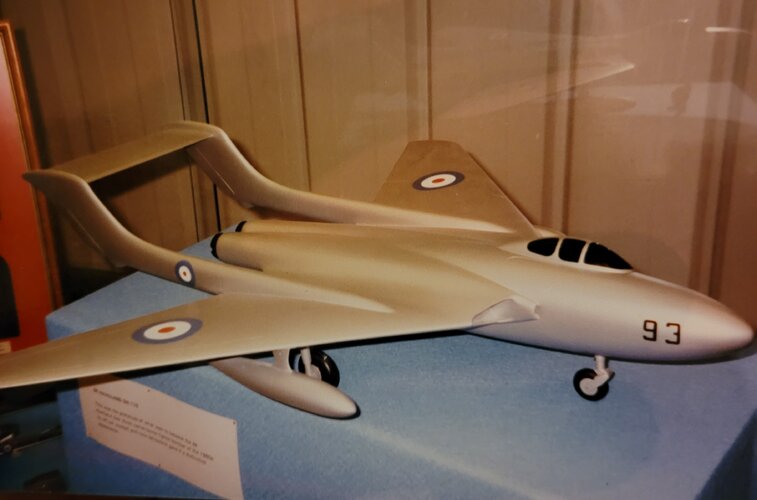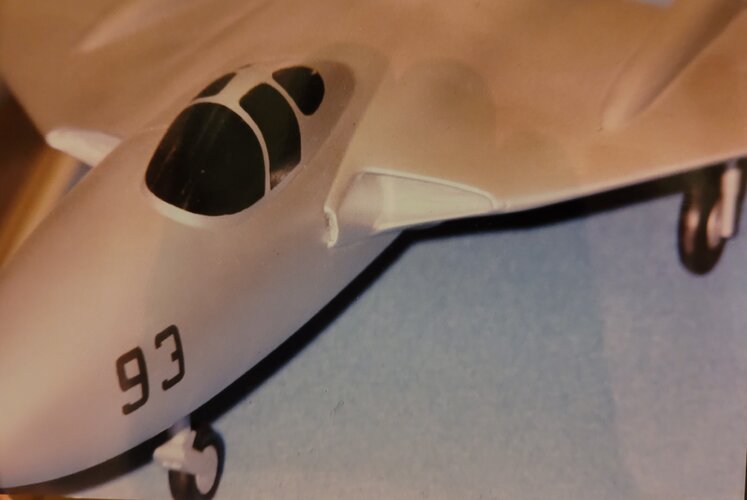- Joined
- 27 December 2005
- Messages
- 17,751
- Reaction score
- 26,429
From a brochure I missed on Ebay:
DH.110 Tactical Bomber / Photographic Reconnaissance Aircraft (March 1957)
The seller had these brochures:
DH110 Tactical Bomber Aircraft (RCAF Requirements) (November 1958)
Sea Vixen Development with RB163 engines (February 1960)
Which he sold privately to the winner of the auction.
Anyone got more info, except what was in BSP? What Canadian requirement was the DH.110 brochure for?
DH.110 Tactical Bomber / Photographic Reconnaissance Aircraft (March 1957)
The seller had these brochures:
DH110 Tactical Bomber Aircraft (RCAF Requirements) (November 1958)
Sea Vixen Development with RB163 engines (February 1960)
Which he sold privately to the winner of the auction.
Anyone got more info, except what was in BSP? What Canadian requirement was the DH.110 brochure for?

